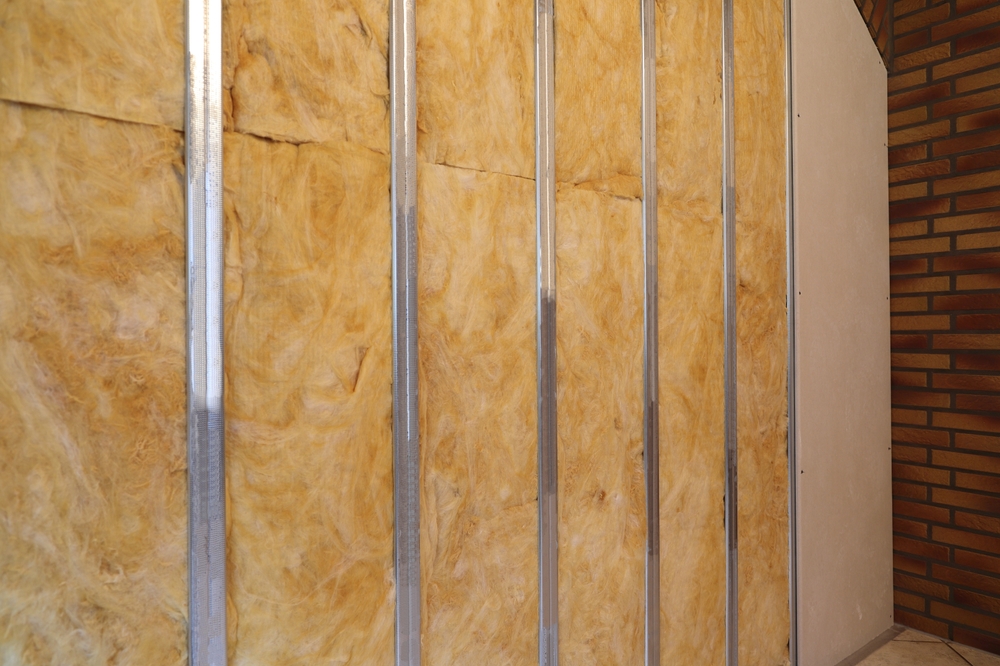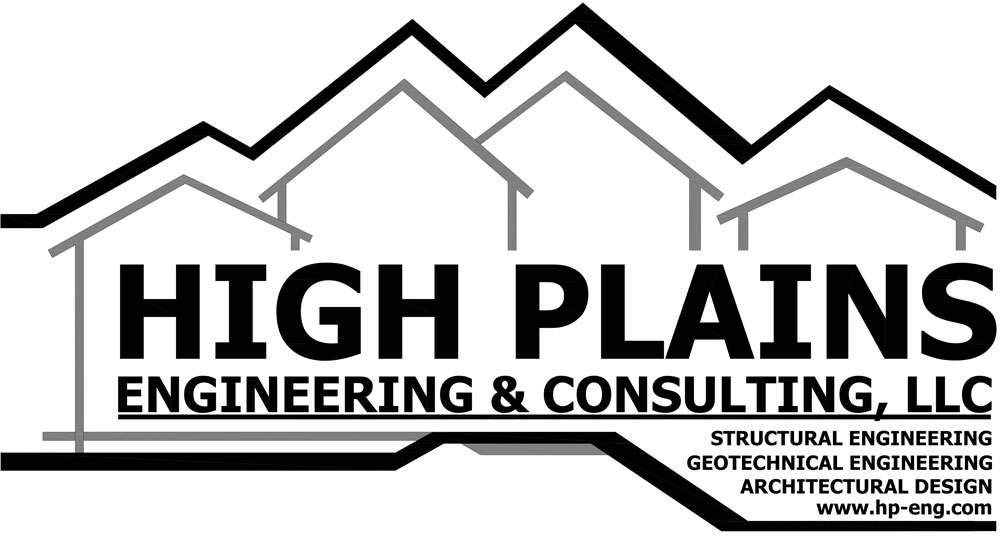
Soundproofing & Movement: The Power of Floating Walls in Modern Construction
Few innovations in the world of architecture and interior design have had as profound an impact as floating walls. These modern marvels are revolutionizing the way buildings are constructed and experienced, particularly in environments where noise control and structural flexibility are paramount. Whether in residential, commercial, or institutional settings, floating walls offer a blend of practicality, performance, and design elegance. The synergy of soundproofing and movement inherent in these structures highlights their growing significance in contemporary building techniques.
Floating Walls: What Are They?
Floating walls, at their core, are wall assemblies that are decoupled from the main structural framework of a building. Unlike traditional walls, which are rigidly connected to the floor, ceiling, and adjoining walls, floating walls are engineered to be mechanically isolated. This construction technique involves using resilient channels, sound clips, isolation mounts, and specialized framing to suspend or “float” the wall system within a larger space.
This decoupling is not just a stylistic choice; it is a purposeful strategy designed to minimize the transmission of vibration and noise. In many applications, particularly in sound-sensitive environments such as music studios, hospitals, corporate offices, and home theaters, floating walls are a foundational element in achieving superior acoustic insulation. They provide a physical barrier that absorbs and dissipates sound waves rather than allowing them to travel through the building’s structure.
The rise in popularity of floating walls has also been driven by the increasing demand for adaptive architecture—spaces that can shift or reconfigure based on user needs. Because of their semi-independent nature, floating walls offer more flexibility during renovations or modifications, which contributes to their widespread use in modern construction.
How Floating Walls Improve Soundproofing
One of the most prominent benefits of floating walls in construction is their exceptional soundproofing capabilities. Traditional wall systems often fall short in blocking sound because of rigid connections that act as conduits for vibrations. When noise—such as foot traffic, machinery hum, or loud music—hits a standard wall, the sound energy transfers easily through studs and drywall, often leaking into adjacent spaces. Floating walls, by contrast, interrupt this transmission path.
The principle behind their superior performance lies in the concept of mechanical decoupling. By introducing a gap or buffer between the floating wall and the surrounding structure, the wall becomes isolated from the vibrations that cause noise transfer. The use of resilient materials like rubber spacers, isolation clips, and foam gaskets further enhances this separation, allowing the wall to “float” without direct contact.
Moreover, floating walls often incorporate multiple layers of dense materials—such as mass-loaded vinyl, acoustic insulation, and double layers of drywall—which serve to absorb sound waves. These materials reduce both airborne and impact noise, making the room quieter and more comfortable. The result is a noticeable improvement in acoustics, especially in environments where privacy, focus, or relaxation is key.
Additionally, the reduction in echo and reverb within rooms constructed with floating walls contributes to clearer sound in settings like conference rooms or performance spaces. This attention to acoustic detail supports a higher quality of communication and a better user experience overall.
Engineering Movement and Flexibility
Beyond soundproofing walls, floating walls bring another major advantage to construction: enhanced structural movement and flexibility. Buildings are dynamic entities. They settle, expand, contract, and occasionally shift due to environmental factors like temperature fluctuations, humidity changes, and seismic activity. Traditional rigid walls can crack or warp under such stress. Floating walls, by their very design, are better equipped to accommodate these movements without compromising their integrity.
This adaptability is especially important in large commercial or multi-story buildings, where structural stressors are more pronounced. Floating walls can expand or contract independently, reducing the risk of damage and lowering maintenance costs over time. They act almost like a shock absorber, responding to changes in the surrounding environment with subtle adjustments that maintain both form and function.
In the realm of interior design, the mobility of floating walls adds another layer of functionality. Designers can use these walls as temporary partitions or modular components that redefine space on demand. For example, an open-plan office can be quickly reconfigured into private meeting areas, collaborative zones, or quiet workspaces, depending on daily requirements.
This combination of movement and modularity makes floating walls an ideal solution for spaces that demand constant change. From coworking hubs and hotels to retail showrooms and healthcare facilities, their ability to evolve with user needs embodies the future of smart, responsive architecture.
Benefits of Floating Walls in Construction
When assessing the broader benefits of floating walls in construction, it becomes clear that their value extends far beyond sound control and flexibility. These systems contribute to overall building performance, occupant satisfaction, and even sustainability goals.
From a performance standpoint, floating walls help create more energy-efficient spaces. By acting as insulative barriers, they can contribute to temperature control within rooms, reducing the load on HVAC systems. This not only improves comfort levels but also leads to energy savings, aligning with green building standards and certifications such as LEED or WELL.
Occupant satisfaction is another critical metric. In office buildings, for instance, excessive noise has been linked to reduced productivity, increased stress, and employee dissatisfaction. Floating walls help mitigate these issues, providing a more serene environment where individuals can concentrate and thrive. In residential settings, they enhance comfort by creating private sanctuaries free from external distractions.
Durability and low maintenance are also key advantages. Because floating walls are less susceptible to cracks and damage caused by building movement, they often have a longer lifespan than traditional partitions. This reduces the frequency and cost of repairs, making them a sound investment over time.
Finally, the aesthetic potential of floating walls cannot be overlooked. With clean lines, concealed mounting systems, and a modern feel, they contribute to a sleek, contemporary look that appeals to architects and clients alike. Whether used as transparent glass dividers or solid panels, floating walls can be tailored to match any design vision, further reinforcing their versatility in today’s construction landscape.
Floating Walls in the Future of Architecture
As the demands on built environments continue to grow—driven by urbanization, changing work habits, and heightened environmental awareness—floating walls are poised to play an even more critical role. Their unique combination of soundproofing, adaptability, and aesthetic appeal aligns with the goals of modern architecture: to create spaces that are efficient, functional, and human-centric.
One emerging trend is the integration of smart technology into floating wall systems. For example, walls embedded with acoustic sensors can monitor sound levels in real-time, adjusting materials or configurations to optimize acoustics dynamically. Others may include lighting, climate control panels, or embedded screens, transforming floating walls into interactive elements of a room.
Additionally, the increasing emphasis on health and wellness in building design—accelerated by post-pandemic priorities—makes floating walls even more relevant. They support better air quality by allowing more control over ventilation zones. In hospitals or eldercare facilities, they contribute to quieter, calmer environments that support healing and well-being.
Sustainability will also shape the evolution of floating wall materials. Designers are experimenting with recycled components, low-VOC adhesives, and biodegradable insulation to align floating wall systems with eco-conscious values. As supply chains improve and sustainable innovations mature, these walls will become not just high-performance but also environmentally responsible.
Looking ahead, floating walls will likely feature more prominently in prefabricated and modular construction, where speed, precision, and adaptability are essential. Their ease of installation and potential for reuse make them ideal for plug-and-play architectural systems, further boosting their appeal in a fast-changing world.
Conclusion
Floating walls are far more than just a construction trend—they represent a paradigm shift in how we think about sound, space, and structural design. With the dual power of soundproofing and movement, they enable smarter, quieter, and more flexible environments that respond to the evolving needs of modern life. For architects, builders, and occupants alike, the benefits of floating walls in construction are clear, compelling, and increasingly indispensable.
Need Engineers and Designers in Hudson, CO?
Since 2006, High Plains Engineering & Consulting, LLC has been a civil and structural engineering company in Fort Lupton and the surrounding areas. We provide sensible solutions to geotechnical, structural, environmental, and civil engineering challenges. Our office provides practical expertise backed by diverse design resources to get the job done cost-effectively and efficiently with sustainability in mind. We offer various services for commercial, residential, and agricultural properties like soil testing, percolation testing, and foundation and septic design for new construction. Once that is taken care of we also offer services for floor framing, garage plans, house plans, site plans, and inspection services. Call us today for an appointment!
Categorised in: Floating Walls

 HPEC is an active member of CAGE
HPEC is an active member of CAGE